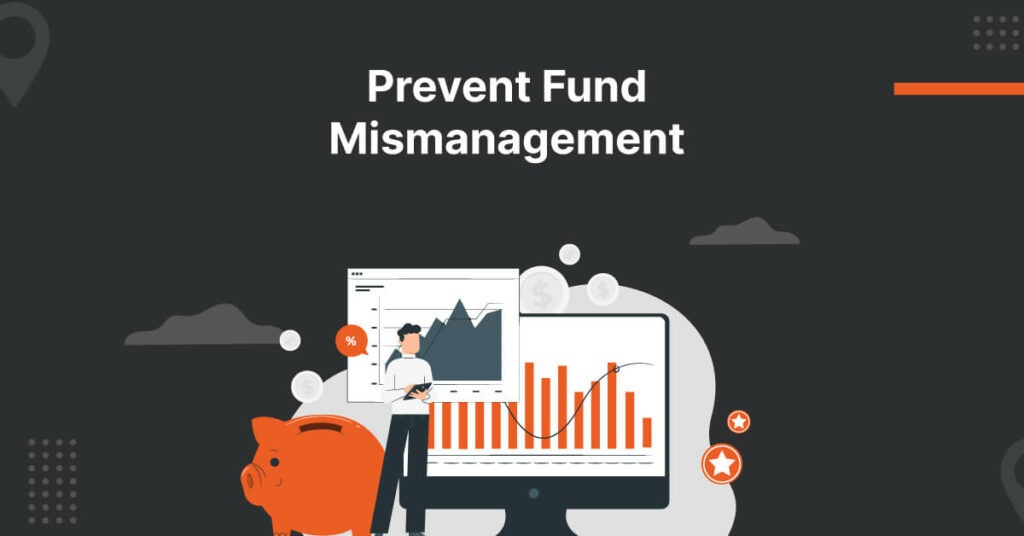
Properly managing expenses is crucial for a company’s financial health. But as businesses grow, handling expenses becomes more challenging. If your growing company is still relying on traditional manual systems to track and manage expenses, it may be time to consider upgrading to an automated expense management system.
Here are six clear signs that indicate your company needs an expense management system that is automated.
Bottlenecks in Approval Workflow
Oftentimes, expenses require multiple levels of approval before they are authorized for reimbursement. These multi-level approval hierarchies ensure that expenses comply with company policies and budgets. However, managing these complex approval chains manually can be a major challenge.
Further, in manual approval workflows, it’s difficult to track the progress of each expense report. This lack of visibility hinders managers from identifying where the bottlenecks occur and taking corrective actions.
You can use expense management software to digitize the entire workflow. The software directly routes the expense reports to relevant approvers based on predefined rules.
Further, with automation, employees, and managers can track the progress of expense reports in real time. This means that they can instantly see where the expense report is in the approval process, who the current approvers are, and when it is expected to be completed. This transparency reduces confusion and allows for timely actions.
High Number of Errors (add integration)
Manual data entry is susceptible to human errors, such as incorrect amounts or transposed digits. These errors can lead to inaccurate expense reports and reimbursement amounts.
Errors can also occur due to inefficient data sharing between expense and accounting systems. Manual systems often maintain their data in separate databases or spreadsheets, resulting in data silos. This isolation prevents seamless sharing of information between different departments.
According to GBTA, errors in a single expense report can cost a company an additional $52 and 18 minutes. On average, this number adds up to a drainage of nearly half a million dollars.
To avoid this, you must automate your expense management system. Expense management software uses OCR to extract data from expense reports. As a result, errors are significantly reduced.
Further, the software can seamlessly integrate with third-party software such as accounting software. This helps in easy transfer of data without having manually enter it, reducing errors.
Unable to Gain Control Over Finances
In a manual expense management system, you often have lesser control over finances due to the lack of visibility over employee spending. Manual expense reporting relies on employees submitting physical paperwork. Due to this, finance teams might not have immediate access to spending data, making it difficult to track expenses in real-time.
Without real-time visibility into employee spending, it becomes challenging to identify spending patterns and trends. This lack of insight can make it harder to understand where and how expenses were incurred. As a result, it can hinder your ability to identify potential cost-saving areas.
Adopting an expense management system that is automated can address these challenges. Automation allows expenses to be captured in real-time, providing immediate visibility into employee spending as it occurs.
The software also offers advanced reporting and analytics, providing decision-makers with real-time data insights. By leveraging data analytics, you can identify expense trends and irregular spending patterns. Based on these analytics, you can make informed decisions to gain better control over your finances.
Slow Reimbursement Process
Manual expense management often results in slow reimbursement. This is because the finance team has to manage and process physical receipts and paperwork manually.
Further, multi-level approval workflow in manual systems can lead to delays in getting expenses approved at each level. This causes a cascading effect on the overall expense reimbursement process.
Manual expense management processes can place a heavy burden on the finance team, especially in companies with numerous expense reports to process. Limited resources and a high volume of reports can lead to delays in reviewing and approving expenses.
An automatic expense management system can solve these problems. Automation allows employees to submit expenses digitally, reducing delays caused by physical paperwork.
The system can send automated reminders to approvers and employees, ensuring that expense reports move through the approval process promptly. Approvers are alerted to pending approvals, speeding up the reimbursement timeline.
Further, automated systems often support direct deposit and electronic reimbursement methods. Once expenses are approved, the system can initiate reimbursements directly to employees’ bank accounts. This expedites the payment process.
Time-Consuming Process of Creating Consolidated Reports
Consolidated travel cost optimization reports help you see all the expenses for different departments, projects, or time periods. But in manual systems, the expense data is spread out in different places like spreadsheets. This makes it hard for finance teams to collect all the data they need for reporting and analysis.
Moreover, creating these reports manually involves collating and cross-referencing information. This process can be time-consuming, especially when dealing with a large volume of data.
Automated systems centralize all expense data in one location, making it easily accessible to finance teams. The system also offers advanced reporting and data visualization tools. These tools allow finance teams to create customized reports in just a few clicks.
Difficulty Enforcing Expense Policies
n manual expense systems, there is no automatic way to check if expenses follow the policy. Managers have to verify each expense manually, which is not only a time-consuming process but also prone to error. This can lead to duplicate or inflated expenses getting approved and paid.
Also, manual systems are more prone to fraud since they don’t have strong security measures. Fraudulent expenses can go unnoticed for a long time, causing problems for the company’s finances.
But with an automatic expense management system, expenses are checked against the rules as soon as they are submitted. The system flags any out-of-policy expense and prevents it from moving forward.
In case of a change in policy, you can update it in the system, and the changes are reflected in real time. The system can also send alerts for policy violations, making sure any issues are dealt with quickly.
Adopt an Automated Expense Management System
In conclusion, adopting an expense management system that is automated can significantly benefit your company in various ways.
ITILITE is a modern corporate travel management software that can help you in achieving your financial goals. With ITILITE, your finance team can centralize all expense data, access advanced reporting tools, and create customized reports effortlessly. You’ll also be able to streamline approvals and achieve 100% policy compliance.
To know more about the benefits, book a demo now.













